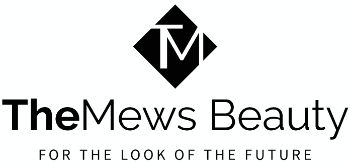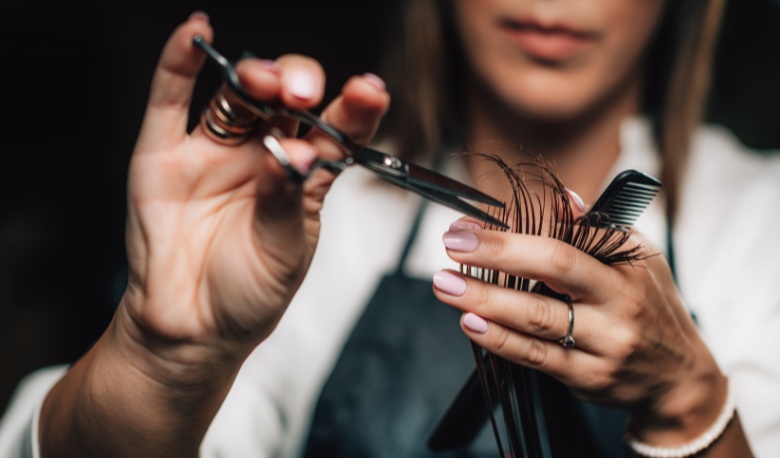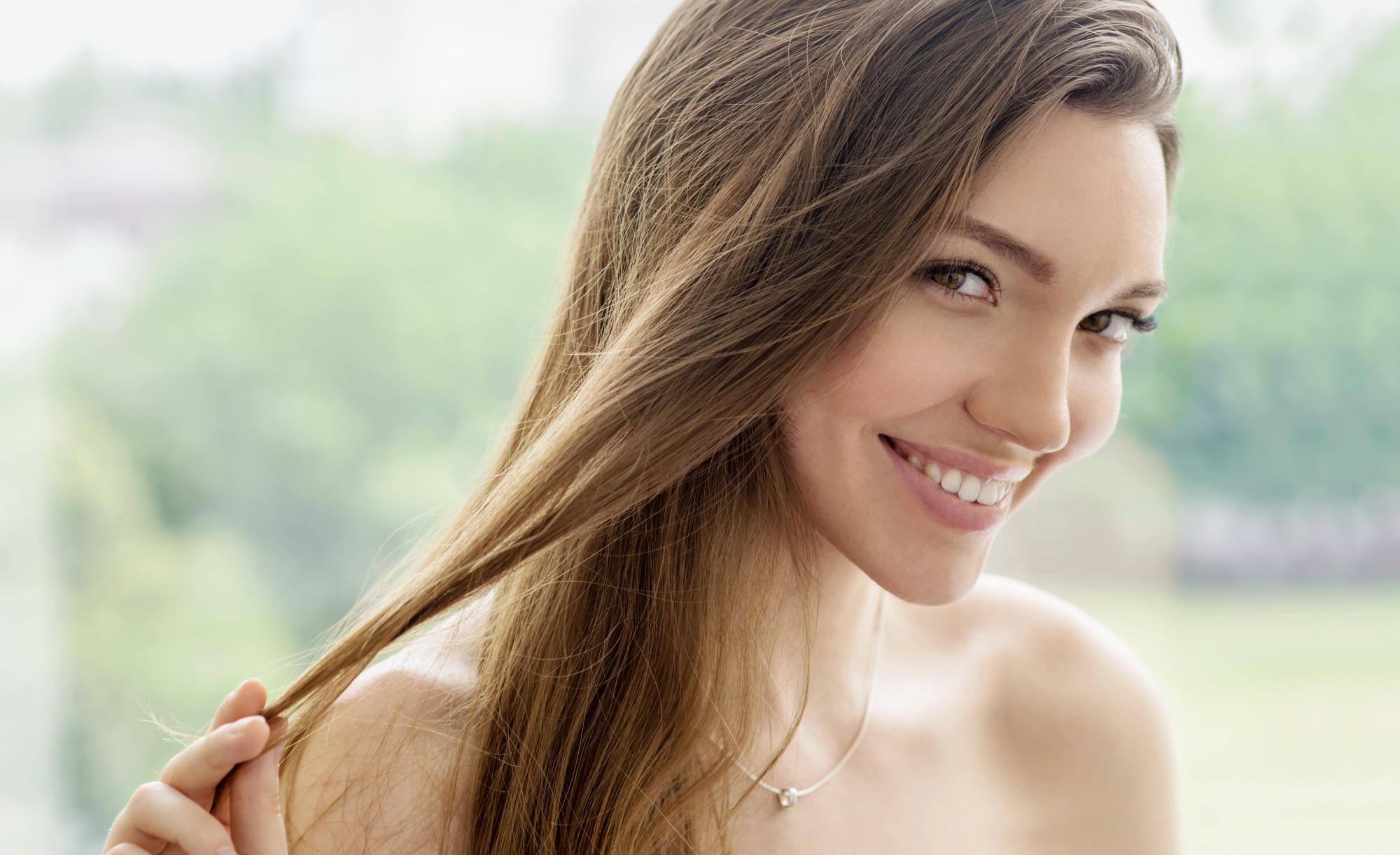Hair cutting is a true skill that goes far beyond simply shortening strands. A great haircut can transform your look, highlight your features, and express your personal style. Whether you’re considering a dramatic change or a simple trim, understanding the basics of hair cutting will make the process smoother and ensure you leave the salon feeling fabulous.
Table of Contents
Hair Fundamentals
Before delving into techniques, let’s cover some hair basics:
-
Hair Texture: Hair comes in various textures – straight, wavy, curly, and coily. Texture impacts how hair behaves when cut and needs to be considered for a flattering style.
-
Hair Density: This refers to how many individual strands of hair you have per square inch. Density influences the fullness of your hairstyle.
-
Face Shape: Hair cuts can be tailored to complement different face shapes (oval, round, square, heart, etc.). Understanding your face shape helps find styles that balance your features.
Hair Cutting Tools of the Trade
Choosing the right tools is crucial for a successful haircut, whether you’re a professional stylist or giving yourself a trim at home. Let’s break down the most common tools of the trade:
Shears: The Hairdresser’s Multi-Tool
These precision scissors are indispensable for hairdressers. High-quality shears are an investment, often made of stainless steel for durability and sharpness. They come in various styles:
- Straight Shears: The classic style used for blunt cuts, layering, and most general cutting techniques.
- Texturizing Shears: Have notches on one or both blades to remove bulk and create a piece-y effect.
- Convex Shears: Blades with a slightly curved outer edge for smooth, precise cutting and blending.
Clippers: Masters of Short Styles
Clippers are electric tools primarily used for men’s haircuts, buzzing very short hair, and creating fades. They use numbered guards to control hair length:
- Guards: Plastic attachments that dictate how much hair the clippers leave behind. Lower numbers mean shorter cuts.
- Fading Techniques: Clippers excel at creating fades—seamless transitions from very short at the nape and sides to longer on top.
Thinning Shears: Precision Bulk Removal
These specialized shears have teeth on one or both blades and are primarily designed to reduce density and blend layers. They shouldn’t be used to shorten overall length, but rather to soften and shape:
- Removing Bulk: Great for taking weight out of thick hair without reducing length dramatically.
- Blending: Help seamlessly merge layers and create a less choppy appearance.
Razors: Adding Texture and Softness
Razors offer a unique cutting method that shears can’t replicate. They can create various effects depending on the technique used:
- Texturizing: Razors help create a piece-y, lived-in look and add movement.
- Soft Edges: Ideal for creating soft, feathered bangs or wispier ends to a haircut.
- Debulking: Can be used on thick hair to remove weight, making it more manageable.
Combs: Control and Guidance
Combs are essential for sectioning the hair, detangling, and acting as a guide during a haircut. Common types include:
- Wide-Tooth Comb: Great for detangling and distributing product evenly.
- Fine-Tooth Comb: Used for precise sectioning and parting during a cut.
- Cutting Comb: Features both wide and fine teeth, and often has a ruler on the side, making it versatile for styling and cutting.
Essential Hair Cutting Techniques
-
Blunt Cuts: All hair is cut to the same length, creating a strong, defined line. Works well for thick hair and sharp, graphic styles.
-
Layering: Hair is cut at varying lengths to add movement, dimension, and remove weight.
-
Graduation: Hair is cut in increasingly shorter lengths from bottom to top, creating fullness and volume.
-
Texturizing: Techniques like point-cutting or slide-cutting to add texture, soften ends, and give a more lived-in look.
-
Fades and Tapers: Used in short haircuts to create smooth transitions and a blended look.
Choosing the Right Haircut for You
-
Inspiration: Gather photos of hairstyles you like. Consider cuts complementing your hair type and face shape.
-
Consultation: Your stylist is your best ally! A good consultation should involve analyzing your hair type, discussing your lifestyle, and understanding your desired look.
-
Maintenance: Consider how much time you’re willing to spend on daily styling and how frequently you can schedule haircuts.
-
Professional Expertise: For complex cuts, color integration, or big changes, finding a skilled stylist who specializes in your desired style is key. Consider checking out hair cutting services offered by hair experts like those at Dashe Beauty.
Caring for Your Cut
-
Quality Products: Use shampoo, conditioner, and styling products designed for your hair type and texture.
-
Heat Styling Protection: If you use heat tools, always apply a heat protectant to minimize damage.
-
Regular Trims: Keep your style looking fresh and prevent split ends with trims every 6-12 weeks, depending on hair growth and style.
The Power of a Great Haircut
A well-executed haircut isn’t just about altering your hair; it can boost your confidence and revamp your entire style. By understanding the fundamentals of hair cutting, communicating your preferences, and finding a skilled hair stylist, you’ll unlock a world of hair possibilities that flatter and uplift.




